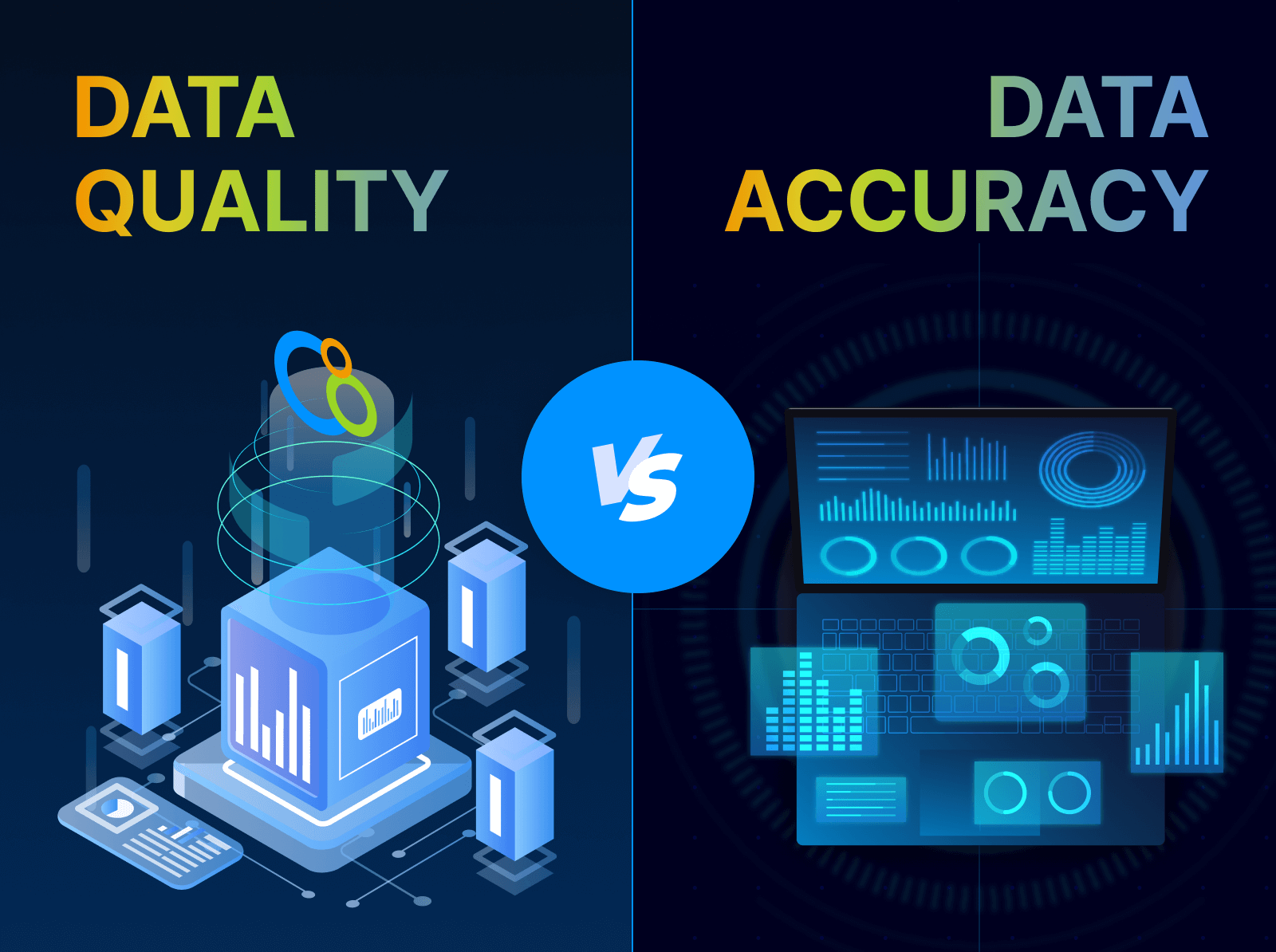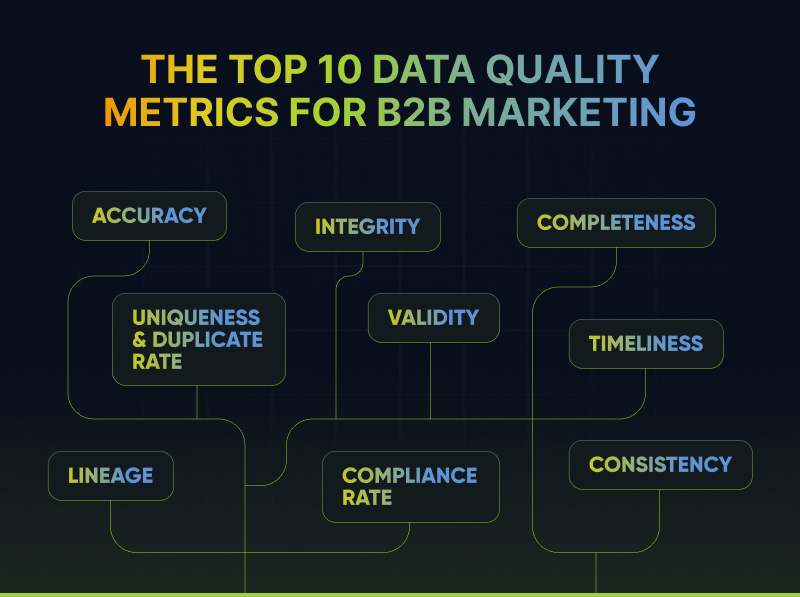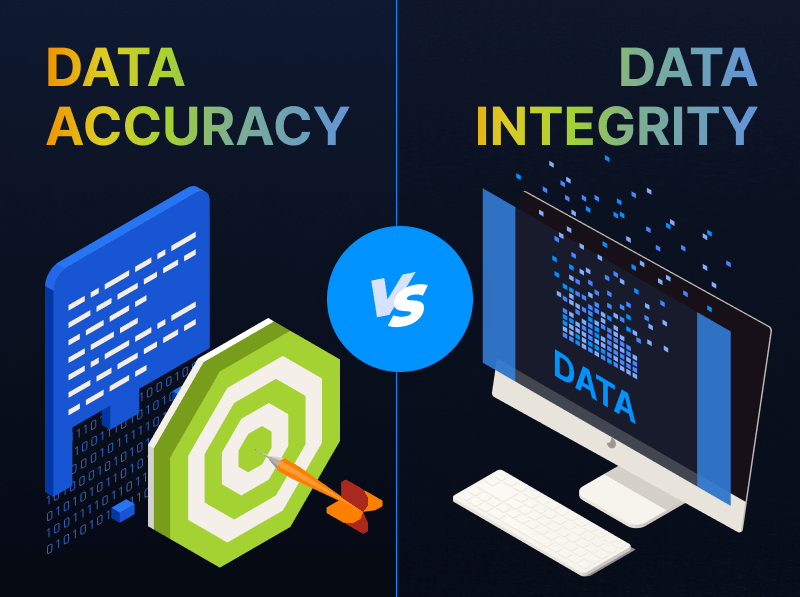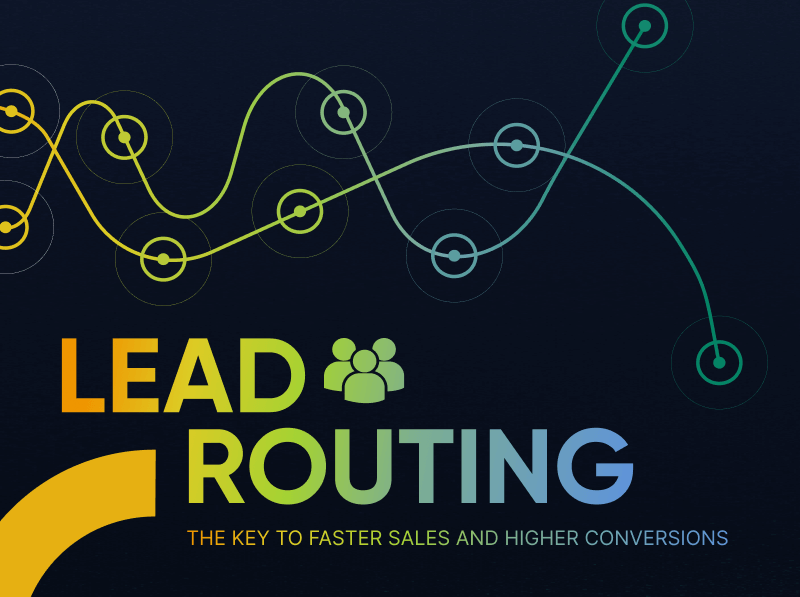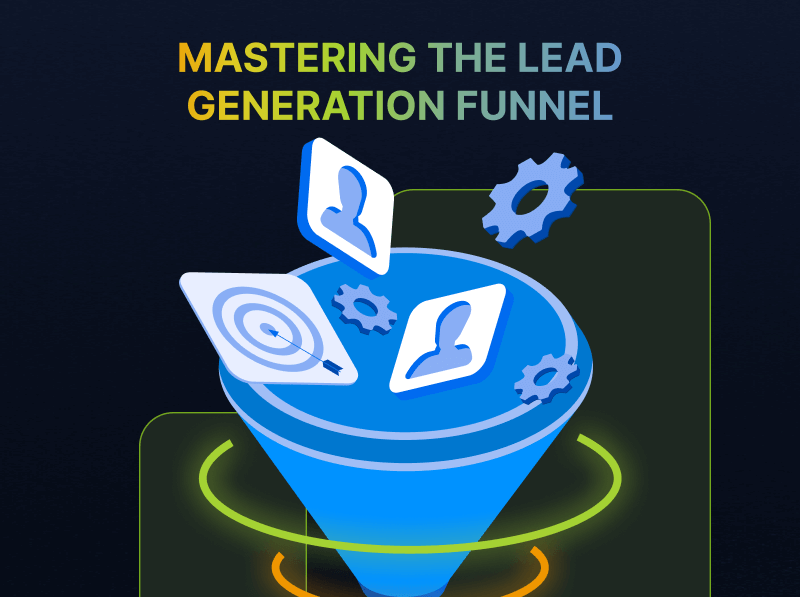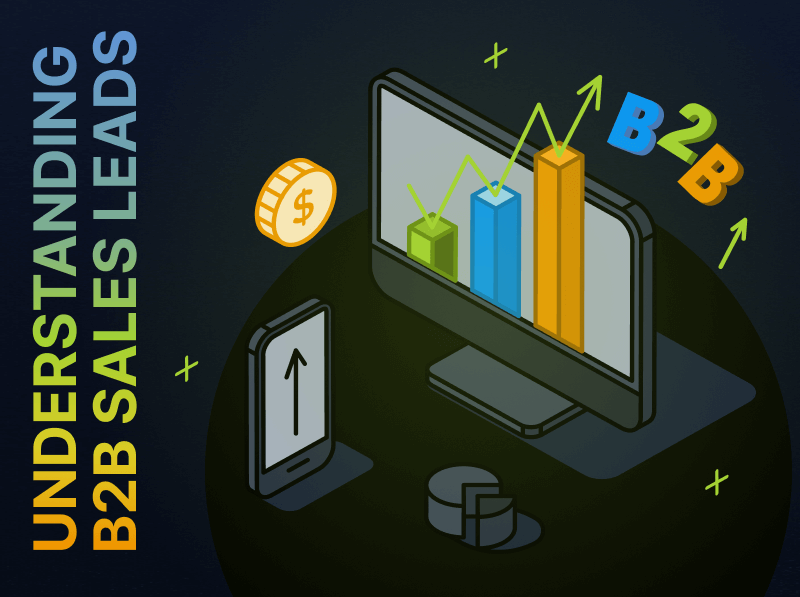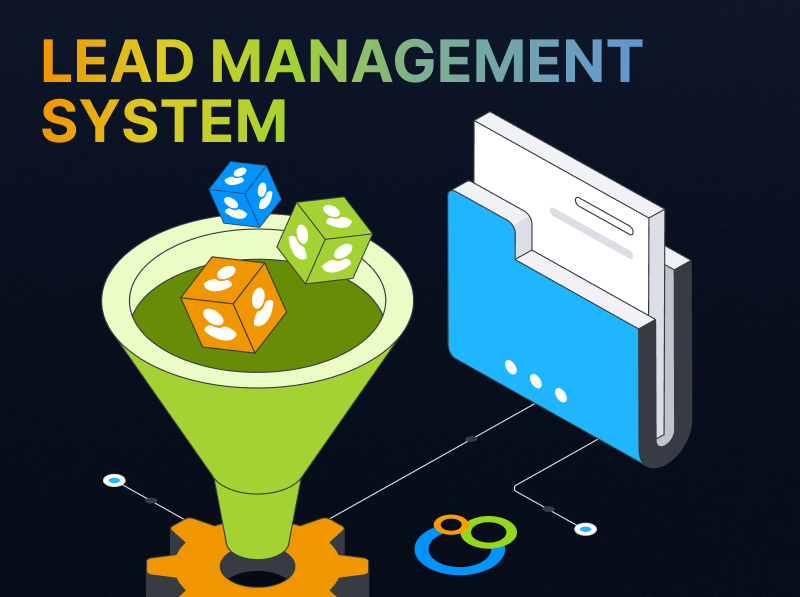Account-Based Marketing Metrics: What to Track and Why
Account-based marketing (ABM) is a strategic approach to driving engagement with target accounts. Jon Miller, CEO and Co-Founder at Engagio, defines ABM as,
“Intentional go-to-market activities that coordinate personalized marketing and sales efforts to open doors and deepen engagement at a specific account.”
In an ABM strategy, marketers tailor the activities within each target account campaign to the specifics of that organization and its decision-makers.
While ABM shares several metrics with more traditional marketing approaches – such as funnel conversion rates – target-account strategies do have their own specific metrics as well. Here’s a breakdown of the most common metrics to track to ensure a successful account-based strategy.
The 2 Types of Account-Based Marketing Metrics
Type #1: How to Measure ABM Before the Sale
1. Web Traffic by Target Account
Web traffic and domain visits from target accounts is an important pre-sale awareness metric at the top of the demand funnel. Using reverse IP lookup tools, create a list of IP addresses for your target accounts. If web traffic from target account IP addresses is increasing, it’s an indicator of heightened awareness.
Formula: (Target Account Website Visits/Total Website Visits) = Web Traffic by Target Account
Use IP-verified website visits to understand how your target accounts and decision-makers are engaging with your content and the success of your attempts to generate awareness. The total website visits from target accounts can be an indicator of the overall health of an ABM strategy and awareness-generating activities.
2. Target-Account Reach
Target-account reach is a measure of the percentage of decision-makers at a target account who are engaged. This metric is more akin to a series of parameters, as opposed to a single metric. While there are formulas to provide a breakdown of target account reach, it’s generally best measured with the help of ABM technologies and tools.
Formula: (Decision-Makers Engaged/Total Decision Makers at Target Account) = Target Account Reach
Target account reach can be used to understand where ABM effort is yielding returns and where different strategies are needed. When drilled down to include attribution, it can reveal the types of content (such as webinars or email) that are successfully generating engagement. Within a large, sophisticated ABM strategy, marketers may be able to connect content formats and campaigns to successful engagement by account type or job title.
3. MQA and SQA and Pipeline Opportunities
Marketing-qualified accounts and sales-qualified accounts (MQAs and SQAs) are very similar to the traditional B2B metrics of MQLs and SQLs, but their role in an ABM metrics strategy is slightly different. This metric ensures you take a more holistic approach to the entire organization, which is crucial. You may have one target-account decision-maker whose heightened engagement with your content and sale team would put them in the SQL stage, but if there are 5 other decision-makers on the buying committee who have never heard of your company, it’s not exactly fair to categorize the account as sales-qualified.
Definitions: Generally, MQAs and SQAs are qualified by various engagement-scoring criteria:
- An MQA is an account that has reached target-engagement criteria, aggregated across account decision-makers within a given period, to be marketing-qualified.
- An SQA is an account that has reached target-engagement criteria, aggregated across account decision-makers within a given period, to be sales-qualified.
MQAs and SQAs are high-value ABM metrics when viewed in aggregate and over time to understand how target account engagement is trending over time. These measures can be used to forecast revenue performance, understand the impact of ABM activities and perform influenced-based analysis of ABM campaigns.
4. Deal Velocity
Deal velocity is an ABM metric similar to measures of lead velocity used in traditional B2B demand generation settings. However, much like many other ABM metrics, its role and insights are different. Deal velocity is a measure of how quickly, on average, target accounts move from the MQA to closed-won customer stages of the ABM funnel.
Formula: ([Total Opportunities x Average Deal Size x Conversion Rate]/Sales Cycle Length) = Deal Velocity
Deal velocity is valuable within an ABM strategy for planning. It can be used to understand the sales cycle length and how changes to the ABM strategy or account targeting parameters can change this critical metric.
When deal velocity is measured actively, it can inform data-driven ABM planning and increasing marketing-attributed or -influenced revenue. Finally, ABM can be drilled down by activities, channels and verticals to understand which campaigns have an impact on deal velocity.
5. Average Contract Value
Average contract value (ACV) is an ABM metric that has similarities to B2B analytics such as customer lifetime value (CLV) or average deal size. Measuring average contract value can provide insight into profitability for strategic ABM planning and reveal how changes in strategic direction affect profitability.
Formula: [Total Customer Contract Value/Total New Customers] = Average Contract Value
Use average contract value to track changes in the value of a new closed-won account over a period. Drill-down by target account industry or other account parameters to optimize targeting criteria in future quarters.
Average contract value can also be a highly valuable ABM measurement after strategic organizational changes, such as the introduction of new product lines or expansion into new geographic territories.
Type #2: Post-Sale Account-Based Marketing Metrics
1. Cross-Sells and Upsells
Cross-sells and upsells can increase the value of account contracts. Tracking cross-sells and upsells within an ABM strategy can be an indicator of customer satisfaction, customer marketing efforts and the efficacy of the customer success team.
Formulas: (Total Customers Cross-Sold/Total Customers) = Cross-Sells (Total Customers Up-Sold/Total Customers) = Upsells
Use this intelligence to understand how effectively your organization has invested in customer education and marketing efforts. To understand your potential for these opportunities, create a list of upsold or cross-sold accounts and identify common criteria such as company budget, size or other factors to create qualifying parameters. This parameter can be used to project a third related and valuable metric: potential for upsells and cross-sells.
Potential cross-sells and upsells refers to the percentage of existing customer accounts which qualify for upselling or cross-selling activity which have not yet upgraded or added to customer contracts.
With this intelligence, marketers can invest in ABM efforts towards existing customers and work to deepen understanding of highest-potential customer accounts with the sales and customer success team. By working to minimize the number of customer accounts which are qualified for upsells and cross-sells but haven’t yet purchased additional products or services, organizations can create a shared success metric for post-sale success.
2. Referrals
Referrals may be among the most comprehensively necessary and holistic measures of post-sale success in ABM and B2B marketing as a whole. Referrals are a hallmark of customer satisfaction with the product, service and customer service experience. Customer referrals are also a notoriously high-potential source of revenue for many B2B marketing organizations. According to BCG, consumers trust word-of-mouth recommendations 2-10 times more than branded marketing.
There is no single metric for referrals. Organizations should understand the percentage of the current customer base which results from referrals and the portion of the customer base who are actively referring to their peers.
Formulas: (Referred Customers/Total Customers) = Percent Referred Customers (Customers Who Have Referred a Peer/Total Customers) = Percent Referring Customers
These two metrics can reveal customer satisfaction, especially when tracked over time. When customers are actively recommending your brand to professional colleagues, it’s an indicator of success and happiness with their experience.
In addition to these two measures, ABM marketers should measure the CLV of referred customers compared to the lifetime value of customers won directly through ABM activities.
(Total Customer Spend/Total Customers) = Average Customer Lifetime Value
Cross-industry research reveals that referred customers are generally more loyal and spend more than customers won through traditional marketing activities. Understanding the average value of referred accounts can enable ABM marketers to ramp up loyalty programs and referral-reward initiatives when necessary.
3. Net Promoter Score
Net Promoter Score (NPS) is not a strictly ABM metric. It’s among the most valuable measures of customer satisfaction, and it has a place in B2C, B2B, demand generation and ABM strategies. NPS is measured through regular customer satisfaction survey efforts, centered around the all-important question:
“How likely would you be to recommend this brand to a friend or family member?”
Definitions
NPS, according to Satmetrix, is a comprehensive measure of customer experience and a valid predictor of business growth. Customer satisfaction survey results are categorized as follows:
- Promoters (score 9-10) are loyal brand advocates who will continue purchasing and generate referrals.
- Passives (score 7-8) are unenthusiastic customers who may be won by a competitor’s offer.
- Detractors (score 0-6) are dissatisfied customers who are likely to churn and can damage the brand through negative word-of-mouth.
ABM marketers should ensure the customer success team is conducting regular NPS surveying and sharing survey results with sales, marketing and customer success teams. Customer marketing and outreach can be effectively segmented by NPS category to maintain relationships with promoters, improve relations with passives and salvage damaged relationships with detractors.
Putting Account-Based Marketing Metrics to Work
A successful ABM strategy requires different activities, technologies and mindset than traditional B2B marketing or demand generation. Logically, it follows that ABM marketing should be measured using different metrics than a conventional B2B program.
In addition to ABM metrics for measuring pre-sale success and revenue potential, B2B marketing organizations should monitor post-sale metrics to track customer satisfaction and program results. By monitoring the entire ABM funnel, marketers can continually optimize outreach activities and improve customer relationships.


